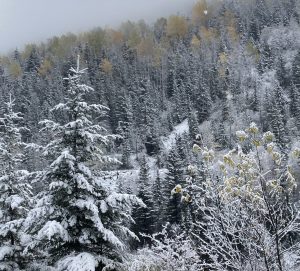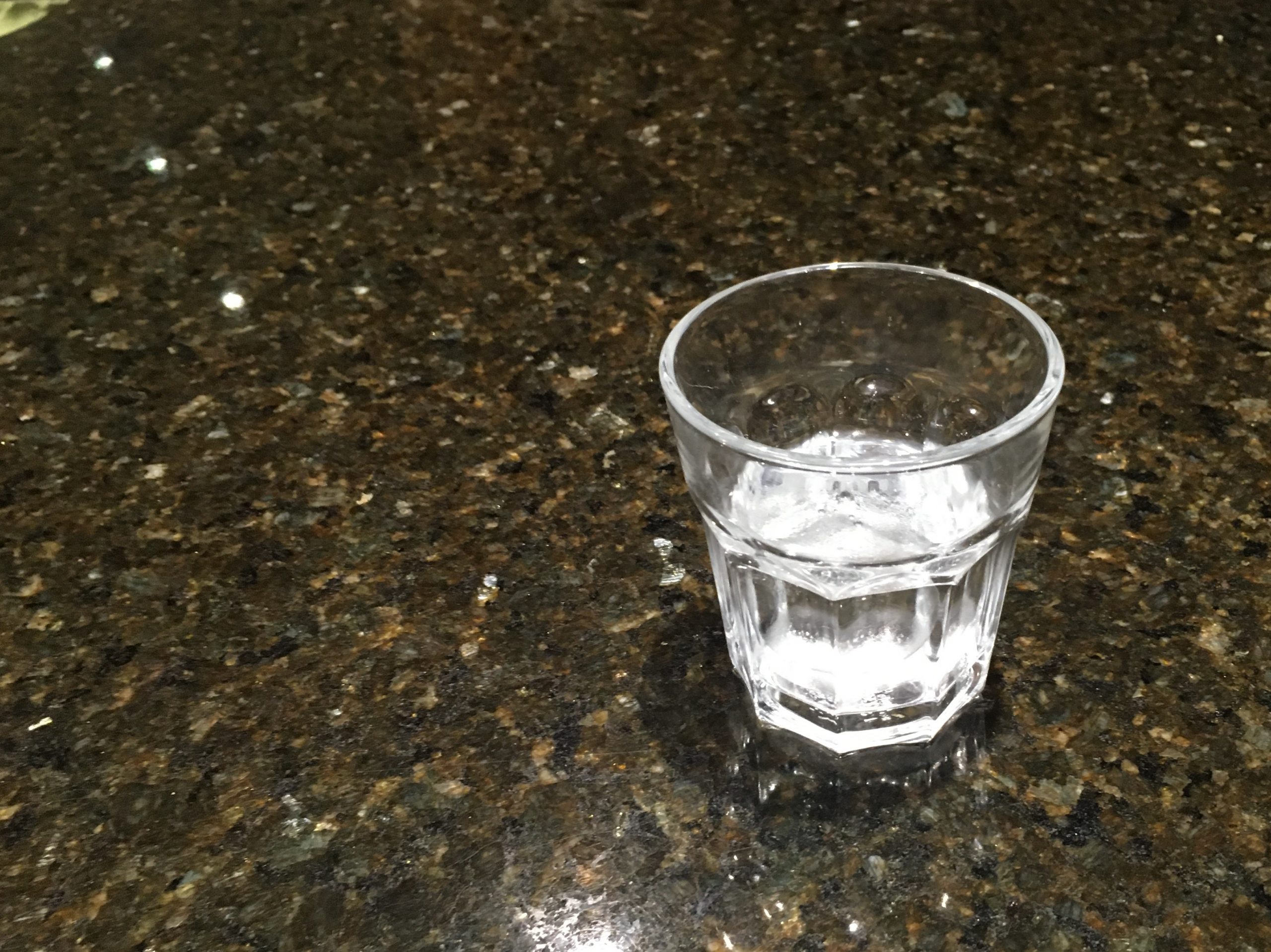
Like most of my contemporaries, I take showers. Quick, efficient and over. Turn on the water, adjust a touch and step in. Scrub, rinse and you’re done. Dry. Dress. Leave. Complete. Finished.
I now have a house without a shower. A 1910s bungalow of the Sears kit sort. In one hundred years, no one thought of modernizing. The hinges, the door knobs, even the kitchen remains in the original 1910 iteration. The plaster remains intact with a few places where the paint (all the many layers) is starting to peel. That’s not a big deal. Simply taking it back to solid adhesion, feathering in the edges, priming, painting and it’s good as old.
A picture rail rings each room a foot and a half down from the ceiling. The baseboards are 10 inches. The floors intact old growth vertical grain fir. They glow golden in the evening light.
Most of the windows open. A couple are painted shut, but that’s an afternoon project with a utility knife and a bit of sandpaper. All the widows have traditional storms.
There was a time when “spring cleaning” meant a household turned over at the same time the lake ice melted and the water roiled from the bottom to the top. Beds flipped. The storm windows taken down. The carpets beat. The basement vents opened. Everything brushed down and settled for the hot days of summer.
In the fall, the process reversed. The beds were flipped again. The carpets beat. And the storms replaced to hold the cold of winter at bay. And the lake froze for the winter.
The glass of my windows, and of the storms, is the old drawn glass. Ridges and vertical inconsistencies abound. On the window toward the field with the apple trees, one window has a broad vertical stripe a third of the way across from the left that forces you right. The apple trees are just fine, you simply need to move a little to the right.
The bathroom is as original as the rest. A sparkling clawfoot tub with the original brushed nickel taps. Behind the bathroom door is a floor to ceiling built-in linen closet. The medicine cabinet and mirror are built in, too.
I’ve found a welcome slowing in taking a bath. You draw a bath. You turn on the tub taps, adjust the water a touch and let it fill. It takes time. Minutes. Maybe fifteen minutes to fill. And it’s hotter than you can stand. You slide your feet, your legs and finally your butt into the hot water. Japanese hot. Wait a minute to let the heat settle and slide the rest of the way in.
Tonight, as I drew my bath, I listened to Jazz24, a Tacoma internet jazz station. I know it from the original on air KPLU. A few years ago, Pacific Lutheran University quietly decided to sell KPLU for seven million dollars to the University of Washington. The listeners revolted and in a few short months matched the seven million offer, competed the sale and continued broadcasting, now as KNKX. The KPLU DJ’s remained.
Years ago, maybe twenty-five, I remember driving along the Hood Canal on a wintery Monday morning. I’d flown up from Santa Barbara to visit my parents in Gig Harbor and snatch a bit of steelhead fishing.
My mom, knowing I paid little attention to weather reports, called the night before I left Santa Barbara. “Don’t wear shorts.”
“Yeah, right. Why not?”
“It’s going to snow.”
“Really?”
“Yes, really. And wear shoes, not flip flops.”
My dad, a die-hard skier, firmly believed in winter tires and came to pick me up at SeaTac. No cabs, no shuttles, no busses, nothing operated. Six inches of snow paralyzed Puget Sound. On the drive from SeaTac to Gig Harbor, we were one of a few moving cars. The rest were scattered in the ditch. Literally.
It continued to snow off and on and remained around freezing. I wore long pants. I wore shoes and socks, too.
On Monday, I headed up to the Olympic Peninsula to fish for a couple of days. I left the house before dawn. Still cold, maybe five or six inches more snow fell in the days after I arrived. Puget Sound remained paralyzed.
The road north to the Olympic Peninsula held a stripe of dirty slush in the middle. Once on the peninsula, there was no traffic. Narrowing, the blacktop lost the shoulders and wound between groves of hemlock and cedars hugging the edge of the Hood Canal on a narrow flat bench cut out of the steep forested slopes dropping into the water. Occasionally, a river rolled out of the mountains to the left. An old-style bridge would carry the highway over the water. The openings in the forest, the estuaries flowing into the canal, broke the monotony of endless dark trees with snow drooping branches.
I listened to KPLU. At 9AM the NPR news came on blurbing about whatever.
This I remember like it was yesterday.
When the news was over, Dick Stein came on.
“Good morning, jazz-oids. Here’s one for the day.”
He spun Stormy Monday with Dexter Gordon. The music blended perfectly with the road seeming to carry the same beat, the same roll into each corner, then the next. I drove north to my rendezvous with steelhead carried by Dick Stein and KPLU.
He’s still with the station today.
And so am I.
So, as I pull my bath, I think of pacing. Of slowing down. Of taking care. Of being aware of the present. Listening to jazz, undeterred by the hurry of those around. Simply listening. I wait for the water to fill. Adjust the temp with a bit of cold and slide in, slowly, slowly, thinking of Stormy Monday and a day on the Hood Canal.
(August 2019)




Recent Comments